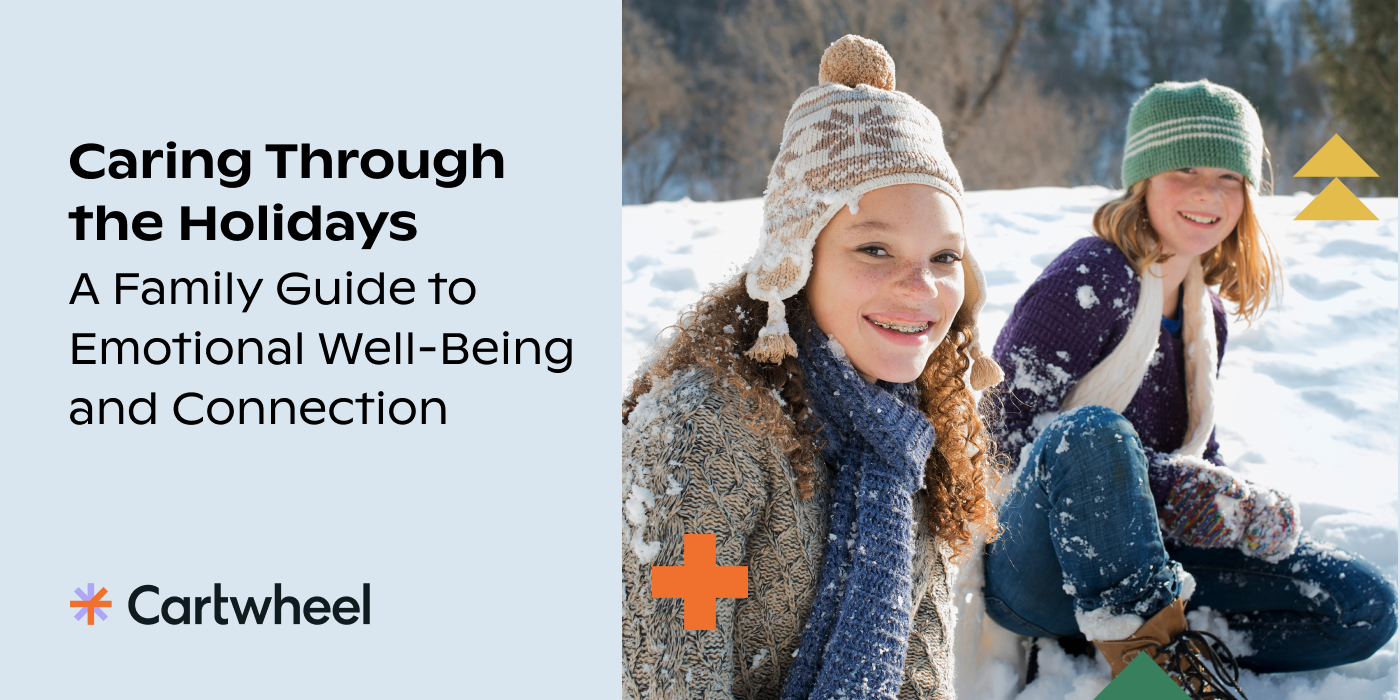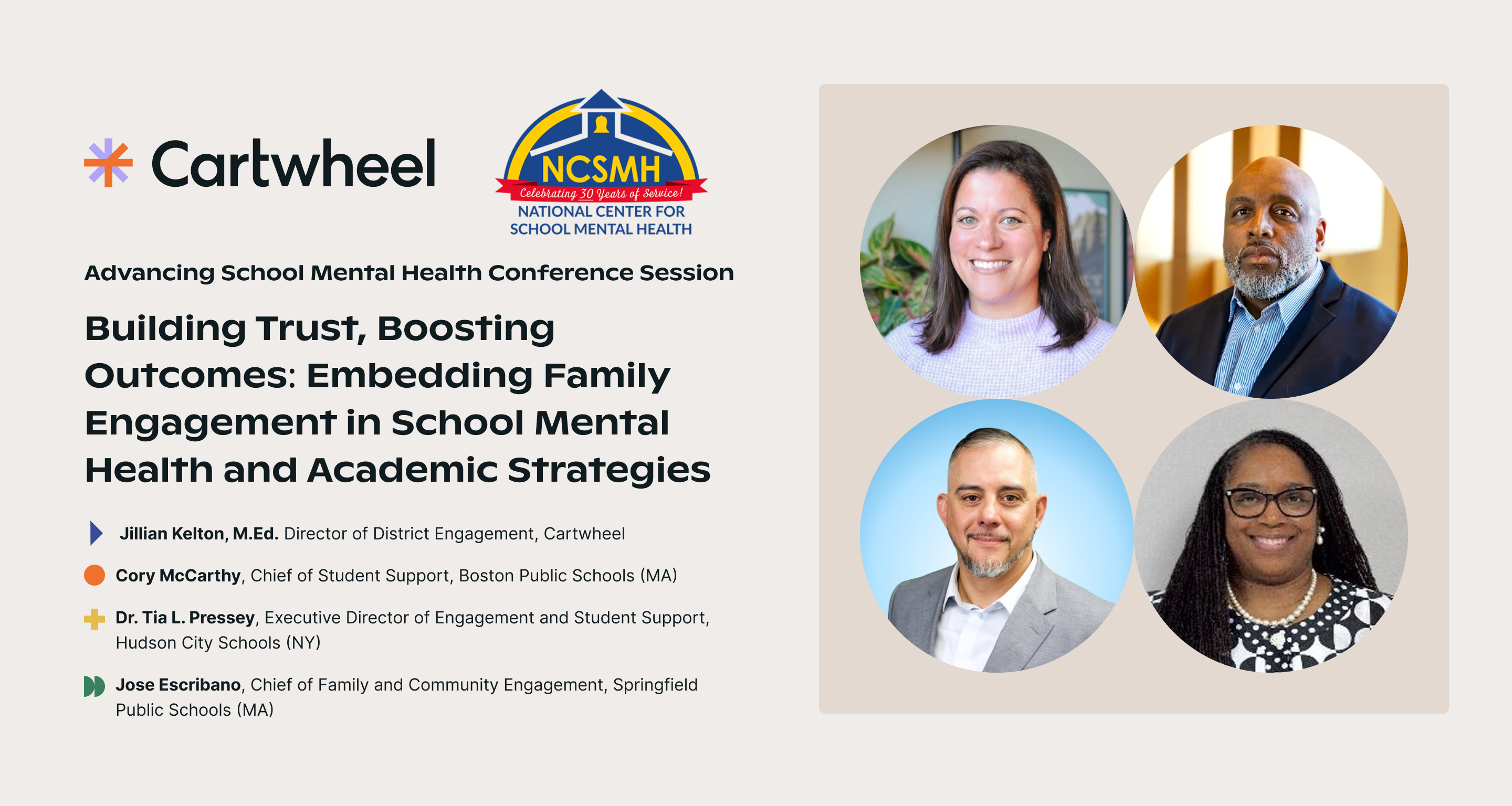Everyone feels anxiety at times; it’s a completely normal and often helpful emotion. But sometimes anxiety can escalate, making it hard for kids (and adults) to go about their daily lives.
Back-to-school can be an especially anxious time for kids and teens. The good news is there are proven tips and coping strategies you can use as a parent, caregiver, or school staff member, to help support them.
The upcoming advice, from Dr. Elana Kagan, a psychologist in the Child Cognitive Behavioral Therapy (CBT) Program at the Massachusetts General Hospital, is helpful for both students who are experiencing expected and developmentally appropriate levels of anxiety, and those who may have diagnosed anxiety disorders.
Keep reading to learn the following:
- How to recognize signs of anxiety both during summertime leading up to the first day of school and after school has started.
- Parenting strategies for supporting kids who may be feeling anxious.
- Skills we can teach kids and teens to help them cope with their anxiety.
What Is Back-to-School Anxiety?
The start of school can be stressful with or without an anxiety disorder. Whether your child is nervous about making friends, navigating a new school, finding their locker, or keeping up with their classwork, there are many aspects of a new school year that can trigger feelings of anxiety.
“Anxiety is particularly common for everybody around times of transition. It's really normal for kids and parents [at the beginning of the school year] to be feeling some extra stress with regards to changes in schedules, routines, and expectations,” says Kagan.
“Anxiety is particularly common for everybody around times of transition.” - Dr. Elana Kagan
“Often when kids are feeling anxious, they're more irritable, they're more grumpy, they're snapping at you more. [As you approach] the start of the school, there's probably going to be some extra fighting with siblings or disagreements about their usual chores and expectations, so that can be a sign of some underlying stress that's there as well,” says Kagan.
How to Recognize Back-to-School Anxiety
Sometimes a kid or teen might start showing signs of anxiety before the school year actually starts, worrying about various things they think could go wrong. Other times, the anxiety might not manifest until they’re back in the classroom setting. Here are some signs to watch for that might signal your child is experiencing back-to-school anxiety:
Signs of Anxiety Before the First Day
- Frequent questions about logistics and details
- Specific worries and fears
- Increased irritability
- Avoids talking about school or excessive talking about school
- Increased stomach aches or physical complaints
Signs of Anxiety Once School Has Started
- Difficulty with morning routine and drop-off
- School refusal, asking to come home early
- Frequent check-ins (calls/texts) during the day
- A lot of nurse visits or physical complaints
- Perfectionism about work
- Overwhelmed when they come home
- Excessive worries about appearance, others’ opinions, or being judged
Tips for Parents, Caregivers, and Counselors to Ease Back-to-School Anxiety
If you suspect a child is struggling with some anxiety around back-to-school, or if they confide in you directly about it, here are several tips you can implement to help:
1. Explore specific worries
"The first part of engaging with your child about their anxiety is trying to have an open conversation,” says Kagan.
Begin with open-ended questions and ask follow-ups. While not every child will easily engage in conversation, you can try a few different methods.
For younger kids, try role playing with stuffed animals or other toys to get a conversation started about what’s bothering them. Or try drawing a picture with them of themselves on the first day of school to help express those feelings.
With older kids and teens, you can try asking them questions in a less direct manner, like when driving in the car, where the more comfortable environment might encourage them to open up.
Once you have more information, it's much easier to problem solve.
2. Validate emotions
Avoid downplaying their distress, yet express confidence they can handle it.
“When we're validating emotions, we want to try to demonstrate empathy and understanding for why they're experiencing their emotions,” says Kagan.
“And we want to want to avoid minimizing their distress by saying something like, ‘There's nothing to be afraid of’ or ‘There's no reason to be worried.’”
When someone is feeling anxious, being told there’s nothing to be anxious about can feel or be experienced as invalidating. And it’s likely to be unhelpful. Instead, try to understand what it’s like to be the kid struggling with these feelings and understand where they’re coming from.
“That doesn't mean you have to totally agree with everything they say. But when people feel heard and understood, it's much easier for them to move into figuring out how to handle and problem-solve their worries,” says Kagan.
“When people feel heard and understood, it's much easier for them to move into figuring out how to handle and problem-solve their worries.” - Dr. Elana Kagan
It’s important to strike a balance between understanding where the kid is coming from and expressing confidence they can handle it.
Here’s an example of what that might look like:
“I get that you're feeling nervous about the first day of school. It's a big change to be going to middle school. I bet a lot of your friends are feeling nervous, too,” suggests Kagan.
Now for the second part: “I know that you can handle it. And I think once you get used to it, you're really going to like your new school.”
3. Practice and plan
Once you’ve validated their feelings, practice specific stressors and talk through plans with your kid or teen to help them figure out how they’re going to handle the situation.
“If it's relevant and possible, you might want to practice some of the specific stressors, either through role playing or even doing it ahead of time,” says Kagan.
She says that for some kids, practicing and planning in advance is an important step when they’re feeling anxious.
“If they're nervous about waking up early or their routines changing, then you might [want to do it] ahead of time where you're adjusting bedtimes, wake ups, or the amount of screen time they get, and making it closer to school so that feels more familiar to them,” says Kagan.
If a kid is nervous about going to a new school, maybe there’s an opportunity to visit the building before the first day.
Or if they’re worried about schoolwork, you could try summer reading to practice.
4. Break difficult situations into steps
Anxiety is a “disorder of avoidance,” says Kagan.
That means that when we are anxious about something, we tend to avoid it. But the more we avoid it, the more anxious we get about it and our feelings snowball.
In order to overcome the anxiety, we need to actually do the things we’re scared of.
You can help your kids and teens do this by “re-entering” feared situations in small, manageable steps.
If they’re nervous about giving a presentation, for example, Kagan suggests having them practice it at home first, then to their friends or on the playground, then to their class.
Coping Skills and Strategies to Help Ease Anxiety in Kids
Anxiety is bound to arise in other areas of your kids’ life, not just around back-to-school. This is where teaching them some coping strategies for dealing with anxiety can be helpful.
There are three coping strategies Kagan recommends. The first is relaxation strategies to help us calm down our bodies. The second is coping thoughts, which are strategies to deal with the worried thoughts that are in our brains when we're feeling anxious. And the third is exposures or challenges, the ways to practice the things that are hard for us until they become easier.
1. Relaxation techniques
When we’re anxious, our bodies are often physically aroused and tense. So practicing relaxation techniques, such as deep breathing and progressive muscle relaxation, can help calm our nervous systems.
For deep breathing, place one hand on your chest and one on your belly. Then try taking slow, calm, deep breaths, in through the nose and out through the mouth. Feel your hands move when you breathe, especially the one on your stomach, which means you took a nice, deep breath. Repeat this process several times.
Progressive muscle relaxation helps you force your body to relax by intentionally clenching and releasing your muscles. Start at your feet and work your way up your body, tensing and releasing each muscle as you go along.
2. Coping thoughts
“A lot of times when we're anxious, we have specific anxious thoughts, and they're often predictions about how things are going to go wrong or what might not work out in the future,” says Kagan.
“So the first step is to try to help your child identify what those anxious thoughts are.”
Once you’ve identified the anxious thoughts, the goal is to label them as “anxiety,” “the worry monster,” or something similar.
By externalizing the anxious thoughts, it helps kids recognize them as a feeling and not something they have to automatically accept as truth.
3. Exposures or “challenges”
Exposing ourselves to whatever causes us anxiety is a key step in overcoming that anxiety.
Called “exposures” in adults, or “challenges” with kids, the idea is to practice things that are hard so we learn that we can succeed and things are rarely as bad as we thought they were going to be.
“All the relaxation strategies and coping thoughts in the world are just really not enough, and so we need to break something down and practice it a bunch before we're going to be able to feel a little bit more confident,” says Kagan.
To do this, try identifying a specific concern or source of anxiety, for example making new friends at school.
A good first step toward this challenge, says Kagan, is to start with just saying hi to one person. You can even add a reward for completing that goal if that’s a good motivator for your child.
Then once that step is complete, the kid can try saying hi to multiple people, increasing the difficulty of the step as they move along. Next could be asking people a question, like what they did over the weekend. Over time, they’ll work their way up to harder and harder challenges.
Sometimes kids and teens need additional support with anxiety outside of these tips, and that’s perfectly OK. This is where therapy comes in. Having your child meet with a professional can help them learn additional ways to cope with anxiety or any other struggles they may be having. Parents and caregivers can also benefit from education and support on ways to support their kids. This can be one of the most impactful ways to break the anxiety cycle and help kids build those resilience muscles.
Related: When and How To Seek Mental Health Support For Your Child
Check with your child’s school to see if they partner with Cartwheel or another mental health provider to get started. You can also watch our webinar on dealing with back-to-school anxiety for more tips.





